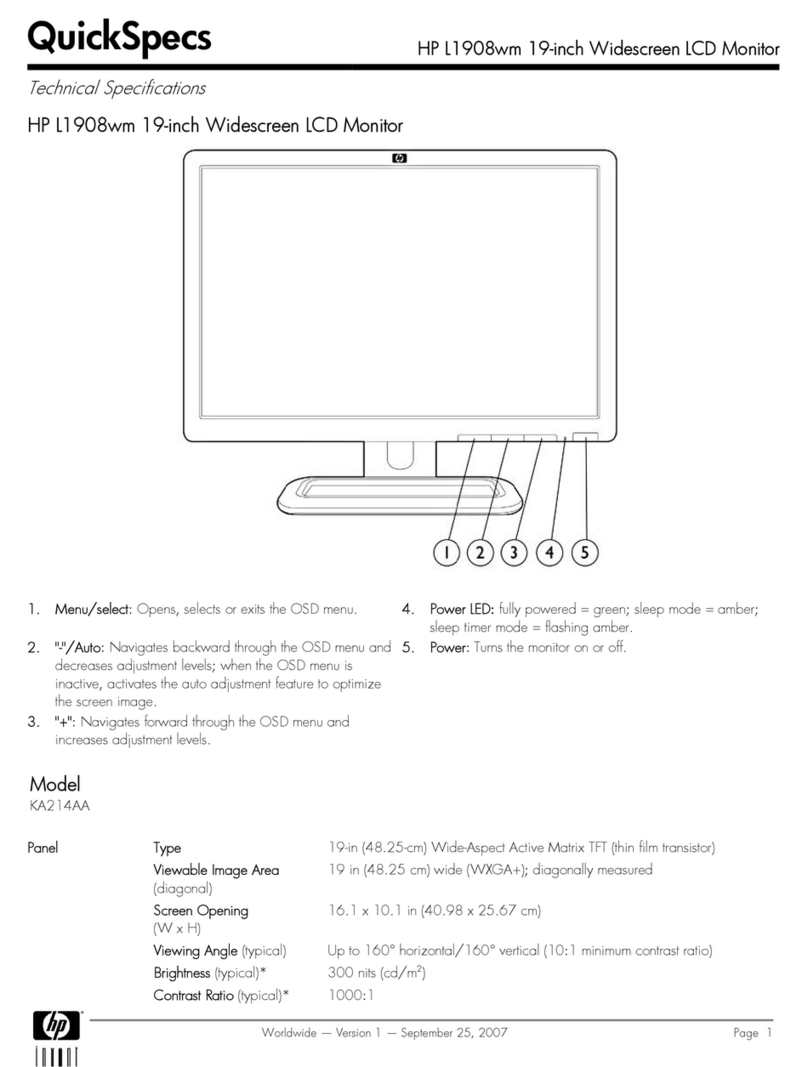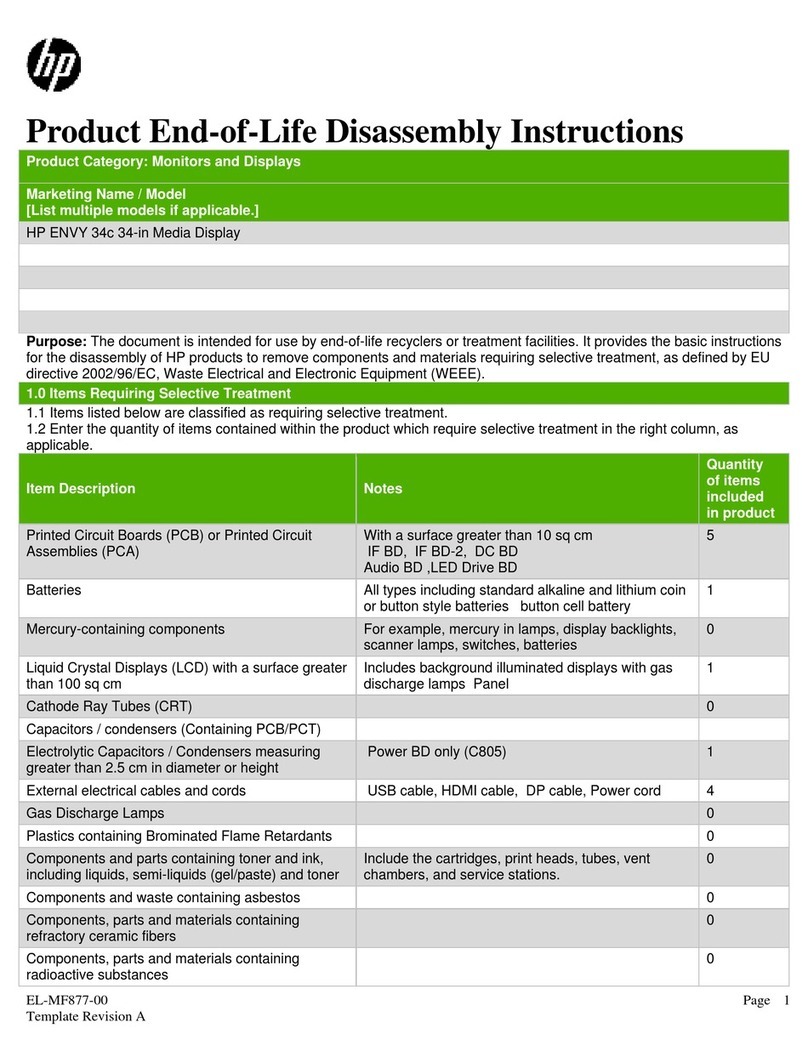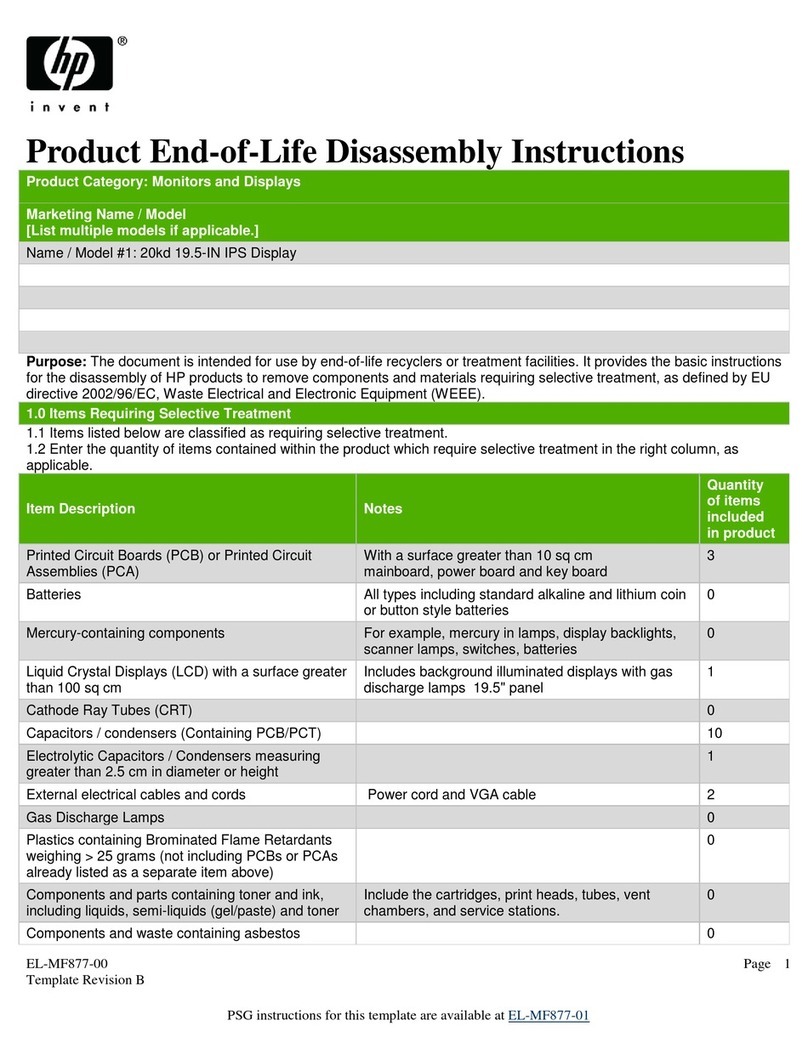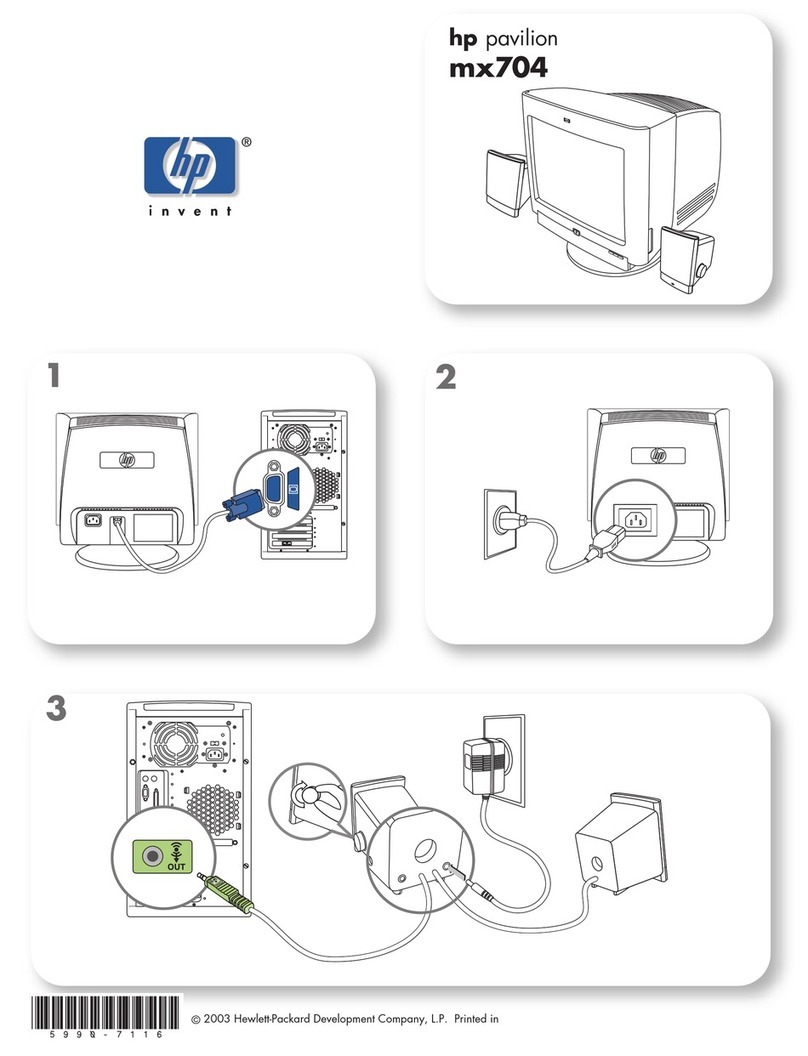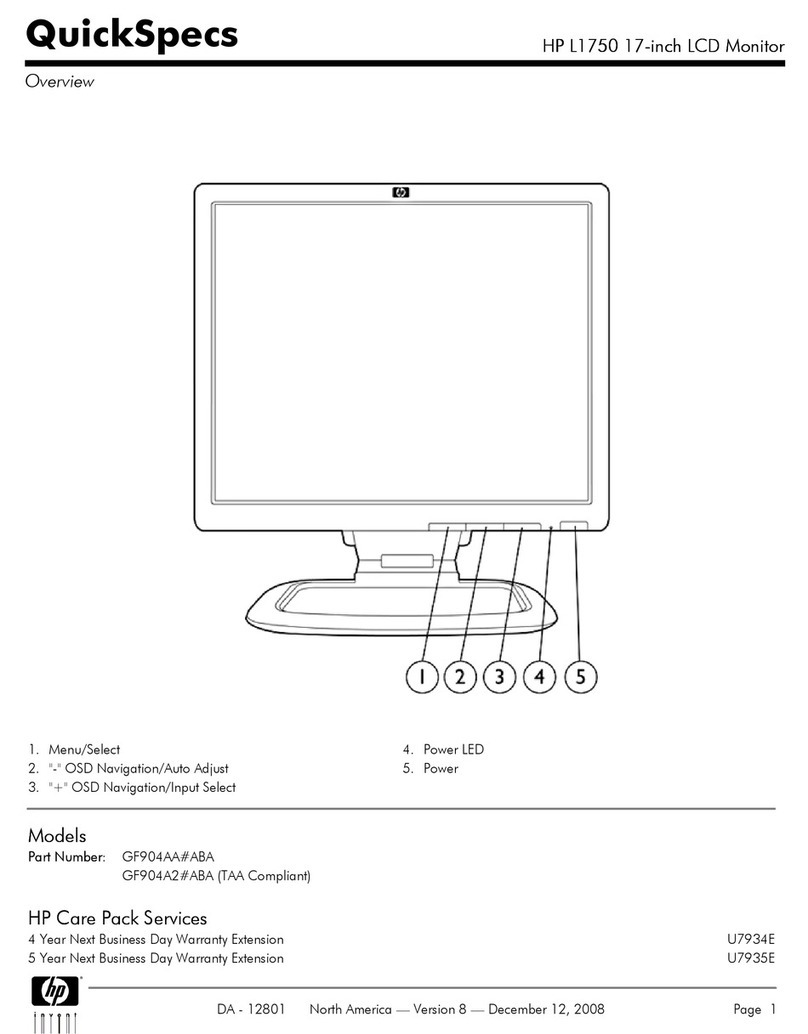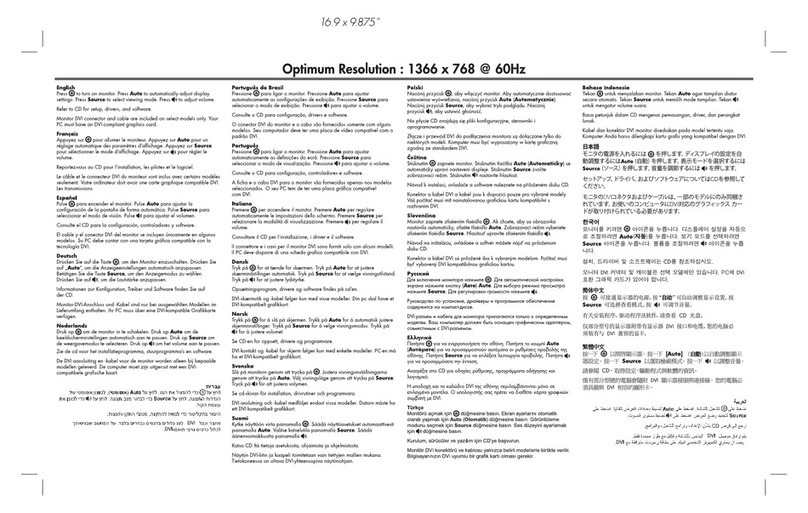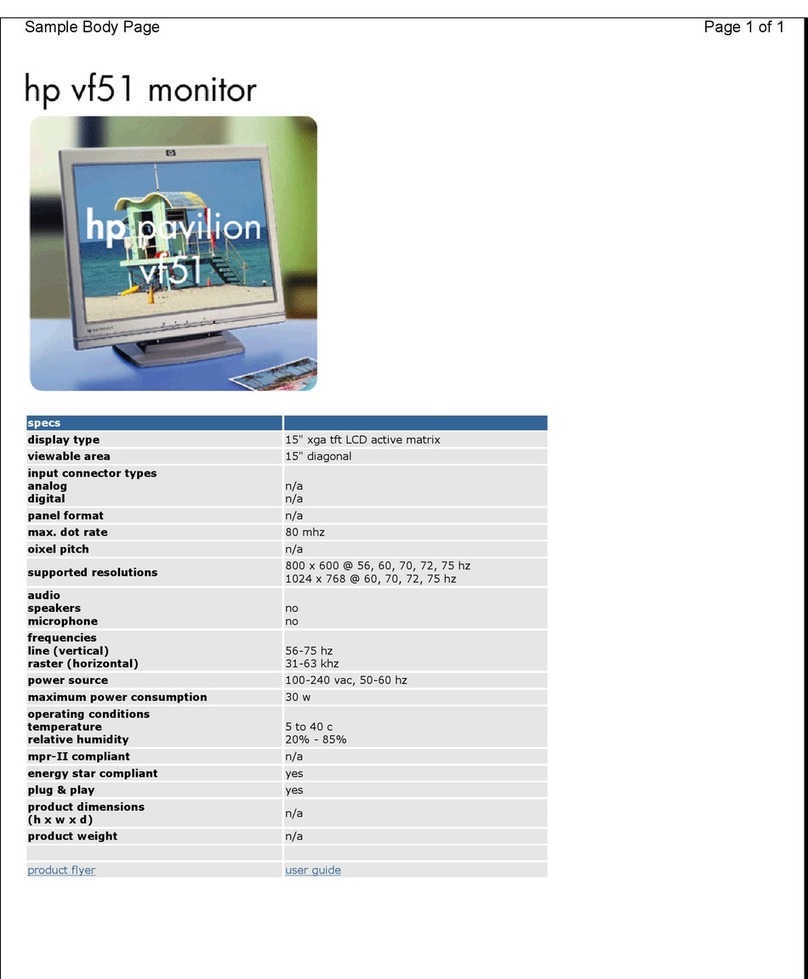
www.SteamPoweredRadio.Com
SECTION I
SECTION II
SECTION
III
SECTION IV
SECTION V
CONTENTS
DESCRIPTION AND INSTALLATION
l
-l
Description.
.
l -
2
Installation
1
-
3 Input
Connectors
.
1 -4
Output
Connectors
.
OPERATING
INSTRUCTIONS
2 - 1
2 - 2
2 - 3
2 - 4
2 - 5
Initial
Operation
and
Tran
s
mi
tter
Coupling
Adjustment
Periodic
Calibration
....
. .
Master
Oscillator
Adjustment.
. .
Daily
Operating
Procedure
....
Aural
Amplitude
Modulation
Check
THEORY
OF
OPERA
Tl
ON
3 - 1
3 - 2
3 3
3 4
3 5
3 6
3 7
3 8
3 9
General
Operation
. •
Master
Oscillator
Multipliers
Aural
Mixer
. . . .
Aural
Amplifier,
Discriminator,
and
Deviation
Meter
Audio
Circuits
and
Modulation
Indicators
. . . . . . .
Visual
Mixer
and
4.3535-MC
Oscillator/Mixer
....
Visual
Amplifiers,
Discriminators,
and
Deviation
Meter
.
Power
Supply.
. . . . . . . . . . . . . . . . . . . . • . .
MAINTENANCE
4 - 1
4 - 2
4 - 3
4 - 4
4 - 5
4 -
6
4 - 7
4 - 8
4 -
9
4 -
10
4 -
11
4 -
12
4 - 13
4 - 14
4 -
15
Introduction
. . . . . . . . • .
Meter
Lamp
Replacement
. . .
Removing
Instrument
from
Rack
Troubleshooting
.
Tube
Replacement
.
Oven
Maintenance
. .
Power
Supply
Check
.
Audio
Amplifier
Check
Aural
Calibration
. .
Peak
Modulation
Indicator
.
Visual
and
lntercarrier
Calibration
.
Master
Oscillator
Adjustment
• . .
Multiplier
/Mixer
Tuning . . . . .
4.3535-MC
Oscillat9r
Adjustment.
150-KC
Oscillator
Check
.
....
TABLE
OF
REPLACEABLE
PARTS
5 - 1
Table
of
Replaceable
Parts
iv
Model
335E
PAGE
I - 1
I - 1
I - 2
I -
3
II
- 1
II
- 1
II - 4
II - 4
II
- 5
Ill
- 1
III
- 1
Ill
- 1
Ill
- 1
III
- 2
III - 2
III
- 3
III
- 3
III
- 3
IV
- 1
IV - 1
IV
-1
IV -1
IV
-
6
IV
-
6
IV -
8
IV
-
8
IV -9
IV
-
10
IV -
10
IV
-
10
IV
-
10
IV
-
11
IV
-
11
V - 1


